History/driving impressions originally published in AutoWeek, on May 23, 1988; republished by the author
There probably never was in Arnolt-Bristol like Dave Hans’s back in the ‘50s. Not that there couldn’t have been. It just wouldn’t have been very likely.
First of all, there’s Dave Hans’s detailed restoration. Back in the ‘50s, the Arnolt-Bristol was just another sports car, used and abused in the usual manner of sports cars. Not particularly common, perhaps, as there were only 142 made and, allowing for those lost in a fire, only about 130 sold over roughly a decade, with one brand-new one still at S.H. Arnolt Corp.’s Hoosier International showroom in Warsaw, Ind., in 1966. But then, the price was high: $3,995 in 1954.
It’s more likely, however, that Dave Hans’s A-B wouldn’t have an earlier counterpart simply because of the “options,” the unusual parts, that Dave has been lucky and attentive enough to acquire and install. Take for instance the knockoff wheels. These were $400 per set in 1956, so it’s not surprising that only about six to ten sets were ever made. Dave bought the last a set available from the “factory” in 1979, from S.H. ”Wacky” Arnolt’s son, Mike, about the same time he secured hubs from Mike Rahal (yes, Bobby’s father).
Take the engine. It is, like the original, a Bristol in-line 2.0-liter six with the crossover pushrods and hemispherical combustion chambers originally designed by Fritz Fiedler when this engine powered the BMW 328 of the ‘30s. However, Dave has installed a rare 12-port head developed for Bristol’s LeMans racing of the ‘50s. Bristol engines normally had three single throat downdraft Solex carburetors with siamese intake ports. The 12-port head was made for a trio of special dual-throat down-draft Solexes, with a runner for each port. Then there’s the finned aluminum oil pan, mercury-damped crankshaft damper, fully counterweighted crankshaft, forged pistons, and assembly by Cotton Werksmen, best known for his Chrysler and Buick hot rod work but quite at home with the Bristol.
Dave has also fitted the optional anti-rollbar and Al-fin drum brakes in place of the cast iron drums usually found on Arnolt-Bristols. The competition windshield – the last from the factory – is fitted with the world’s tiniest wipers, Dave’s creation for street legality and practical hilarity. They must get at least three rain drops per pass.
And the exhaust system. Built by Bob McKee, of transaxle and sports racer fan, it mimics the original Bristol 450S configuration of 6-into-3. Never mind that Bristol later found 6-into-3-into-1 was more effective. Hans, a high school music teacher, prefers the earlier set up for it sound. And three pipes exiting from under the rear bodywork does have its own cachet.
Arnolt-Bristols have a style of their own anyway. Their existence is due to the indulgence of an irrepressible bear of a wheeler-dealer, and industrialist with an engineering degree from the University of Wisconsin and an eye for a good angle. In 1939 Stanley Harold Arnolt II had one employee and one product, the rights to a 20-horse marine engine. In 20 years’ time Arnolt had built it into a 450-employee organization that made everything from tail hooks for carrier planes and travel cases for atom bombs to trailers for Sears and industrial furniture.
And cars. Arnolt had always loved cars, and his purchase of an MG TC in 1949 was the impetus to establish a foreign car showroom in Chicago in December 1950. From there he sold British cars, MGs to Rolls-Royces, Aston Martins to Bristols. He added Renault later but never took a Volkswagen franchise because he thought VW would never amount to anything.
It was at the 1952 auto show at Turin that Arnolt became a manufacturer, however, when he stunned Nuccio Bertone, who was down to virtually his last lira, with an offer to buy 100 each of the Bertone-bodied MG coupe and convertible. Arnolt’s purchase saved the house of Bertone, and if it made little or no money for S.H. Arnolt Corp., it was still sufficiently lucrative to send Arnolt looking for a replacement when MG stopped supplying chassis to Bertone. A few Arnolt-Aston Martins were made, but it was Bristol’s overproduction of frames for the relatively unsuccessful 404 that was to lead to Wacky Arnolt’s sports car.
The Arnolt-Bristol chassis, engine and running gear came from Bristol’s Filton, England, plant and were shipped to Turin to be bodied by Bertone. Almost all the cars were sold in the U.S. Most had steel roadster bodies, though a few aluminum competition bodies were made, as were at least three (and maybe more) coupes. In 1955, Wacky took a three-car team to Sebring and finished first, second and fourth in class, the last car driven in part by Rene Dreyfus, his last drive in competition. Certainly Arnolt lost money on the Arnolt-Bristol. Not that it probably mattered to Wacky as long as his other enterprises made money. He just wanted to be able to look down that high arched hood, knowing his name was on the badge. Wacky Arnolt died December 24, 1963.
The view down the hood of Dave’s car would be much the same as Wacky saw, however. The scoop provides clearance over the tall engine and the high creased fenders keep their proportions right. The steering wheel is big, high and a little close, and one looks over the competition screen to get a blast of air in the face at speed. Dave car has an optional “remote shifter” that replaces the long, whippy standard shifter that comes directly from the top of the gearbox with a shorter lever mounted farther back, and shifts click smooth and clean.
Rev of the engine through the gears to 5000, 5500 rpm, and the multiple pushrods of the Bristol engine sing. The six Solex throats, though topped only with velocity stacks, don’t make much noise. But those three pipes out the back… The standard Bristol six with a single exhaust outlet produces a delightful Jaguar-like tone. Dave’s has a crisp tenor snarl for which the music hasn’t yet been written. Maybe S.H.Arnolt Corp. never built a car like Dave’s, but you’ve got to think that somehow Wacky Arnolt himself would approve.
Stanley Arnolt became “Wacky” when he did a publicity stunt, piloting a small boat powered by his outboard motor from Michigan across Lake Michigan to Chicago as a publicity stunt. A newspaper reporter called him “Wacky,” and ever the showman, Stanley adopted it as his own.









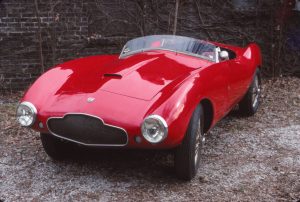
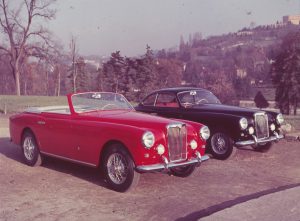
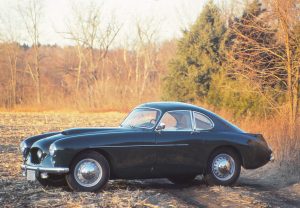
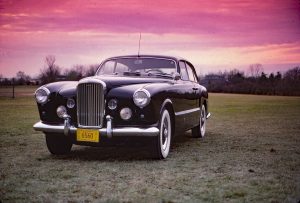
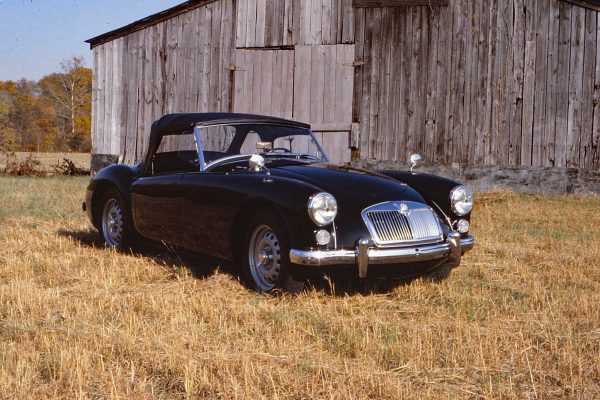
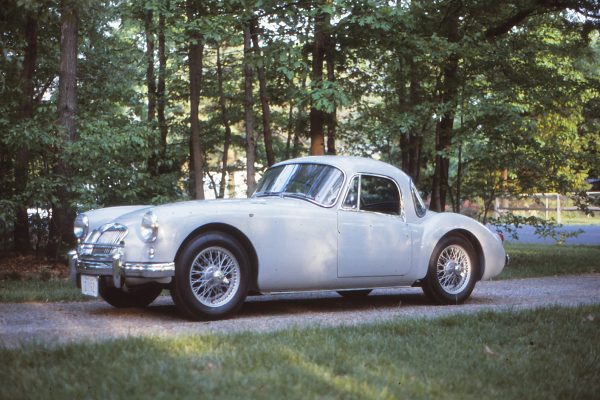
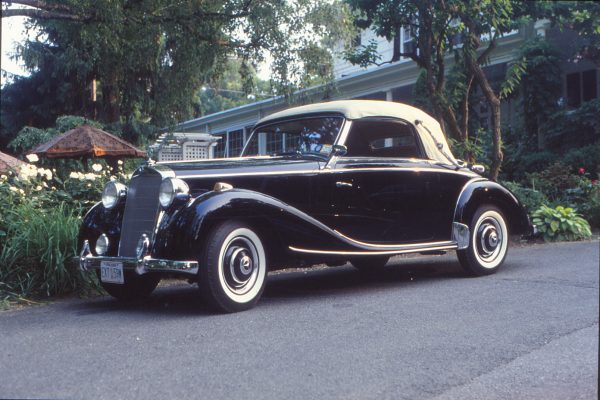
What Do You Think?
You must be logged in to post a comment.